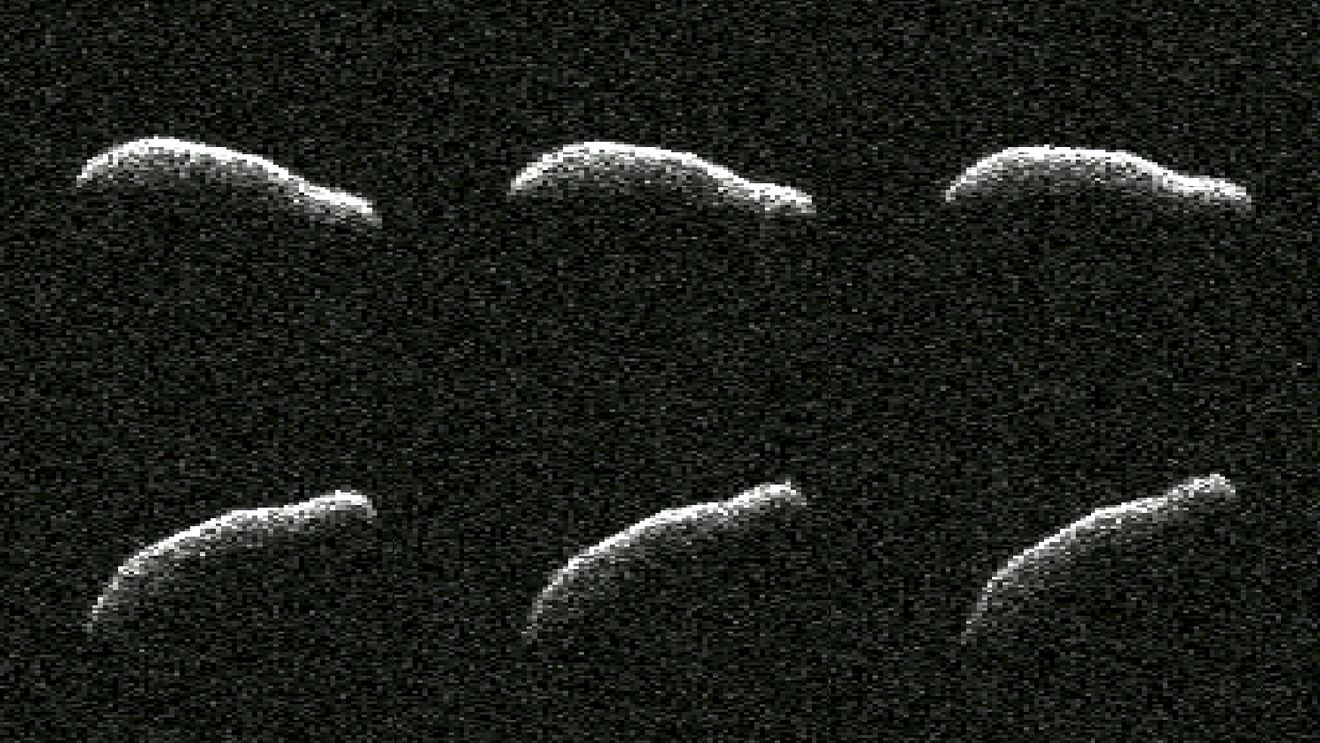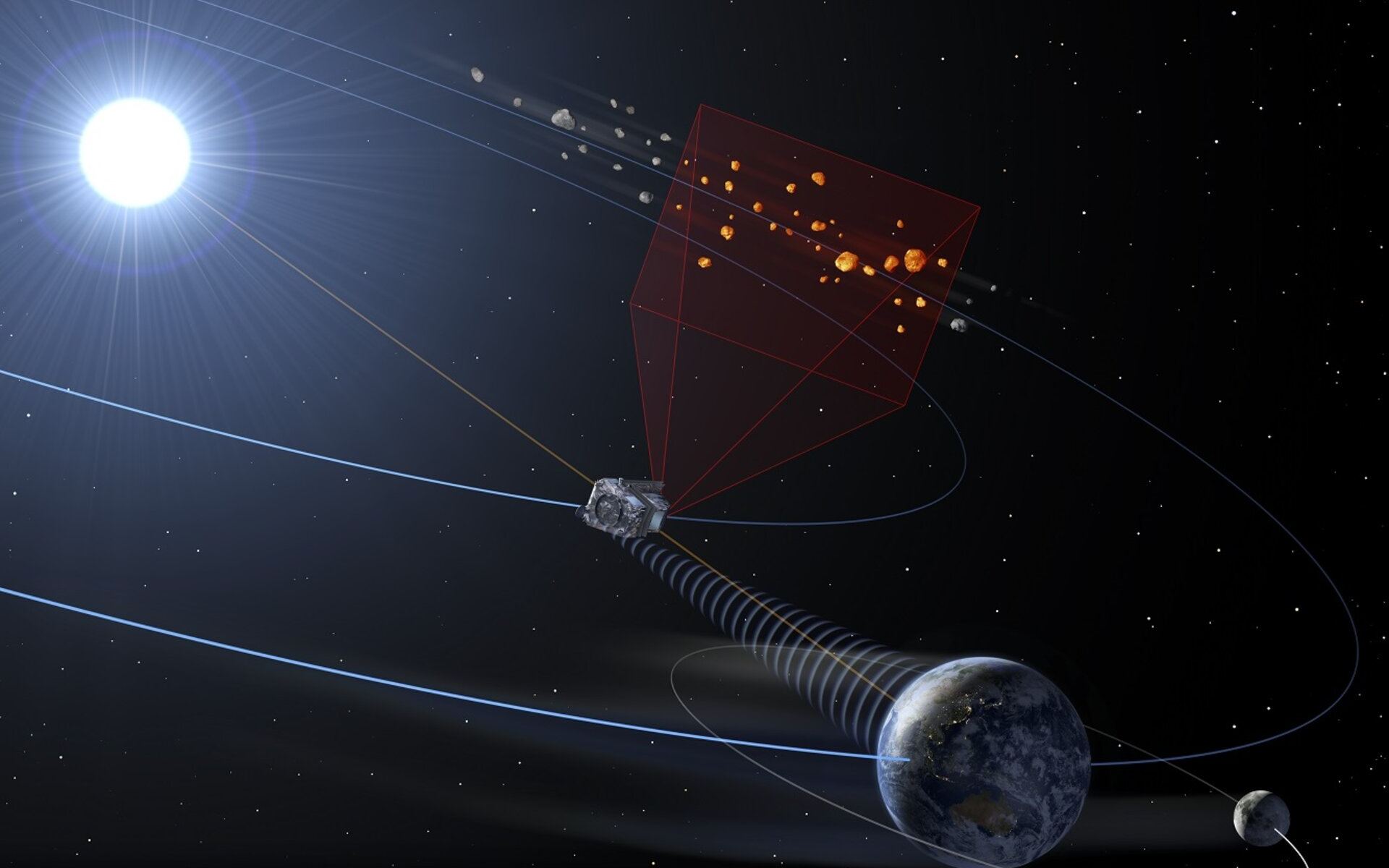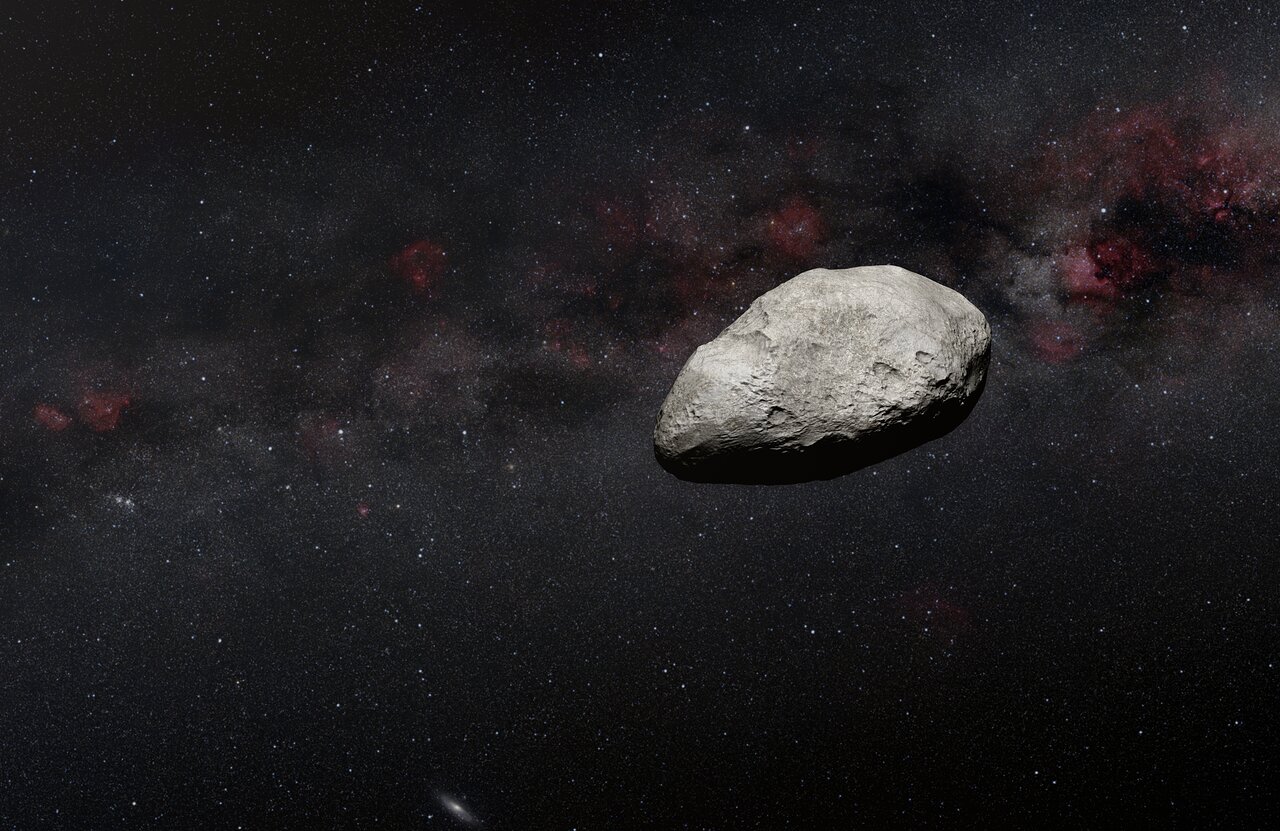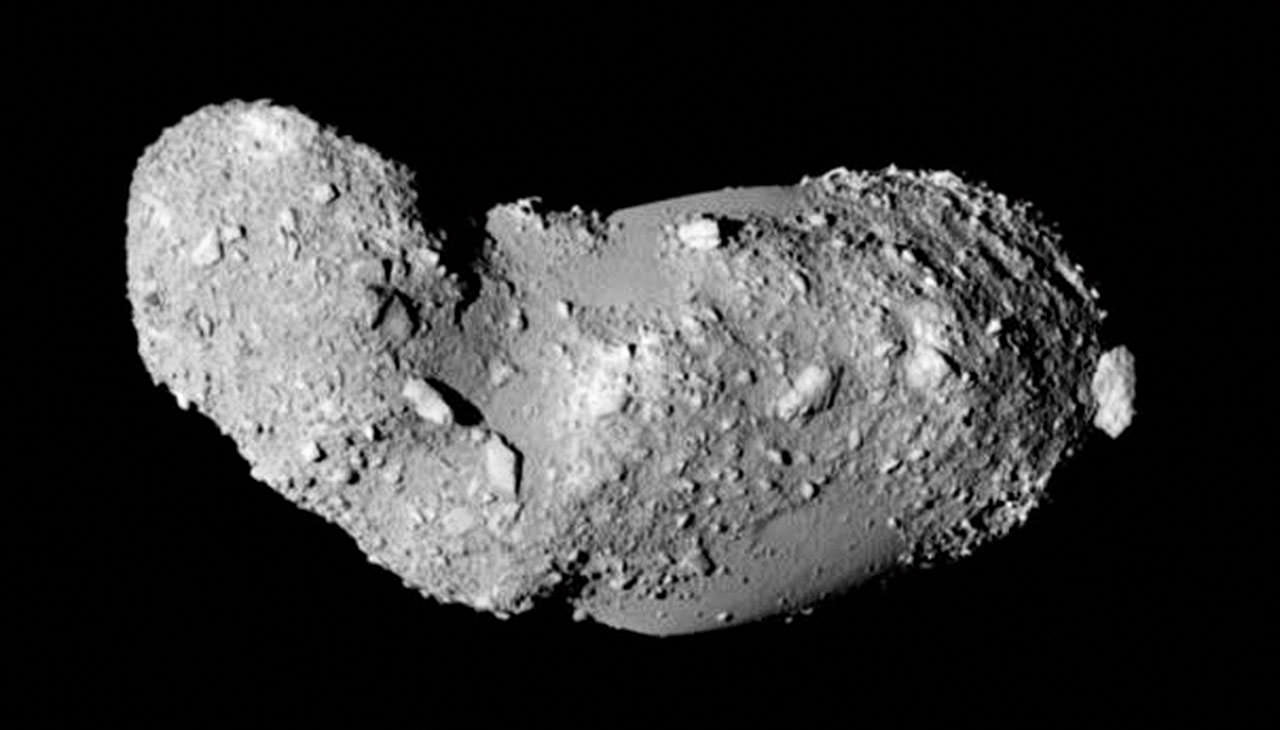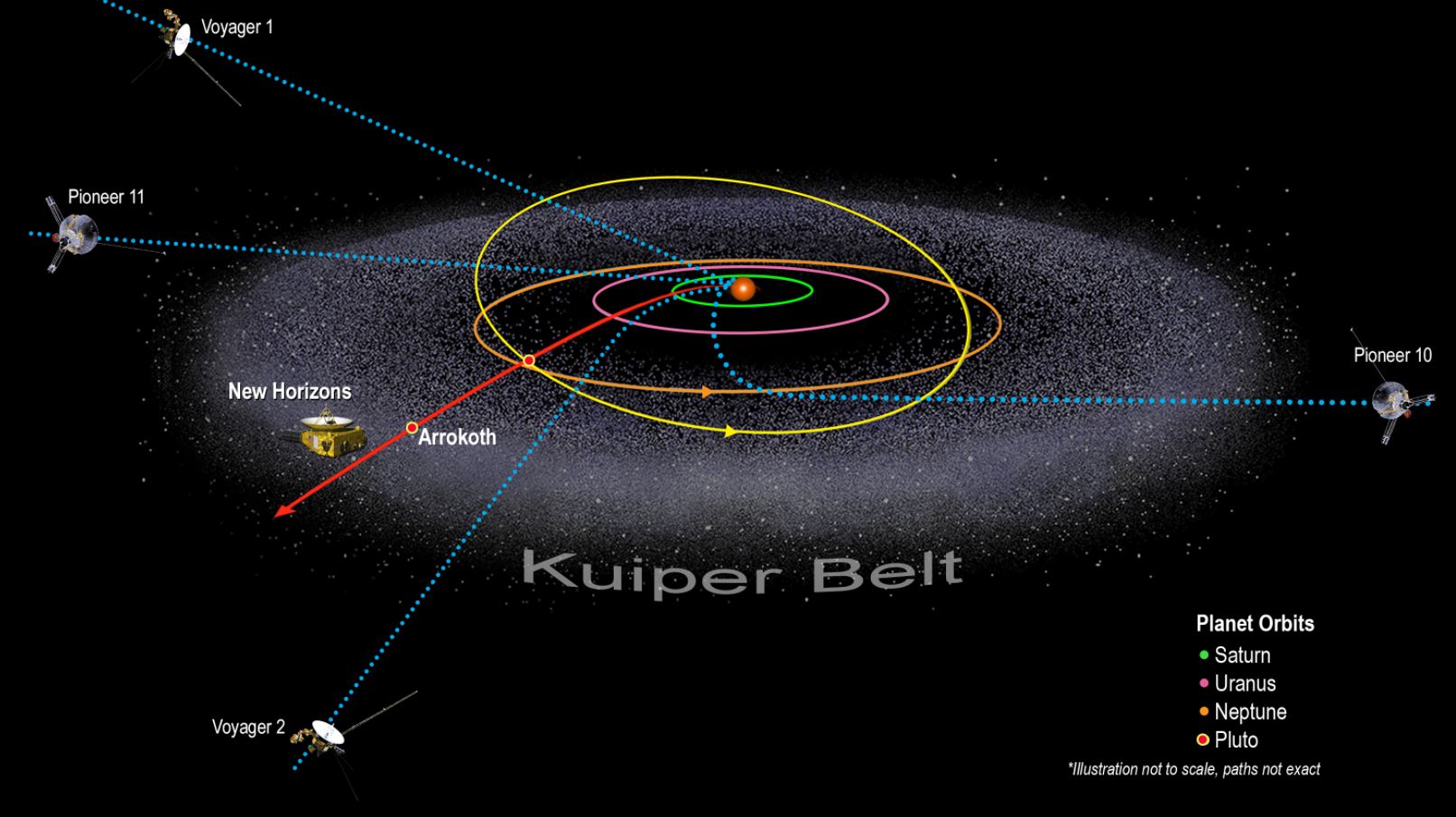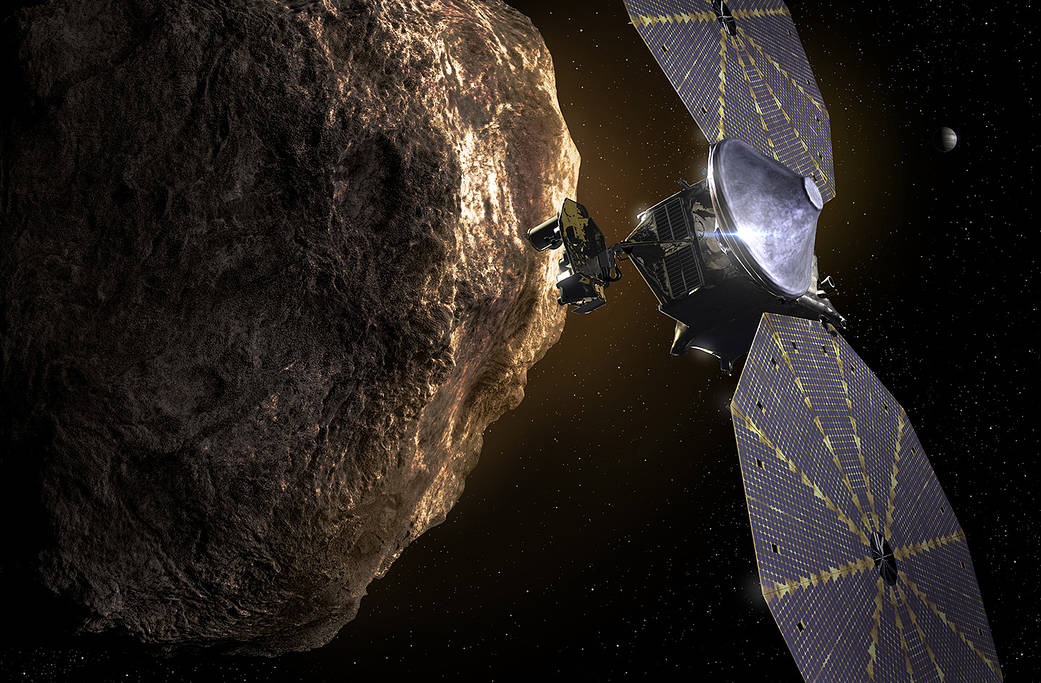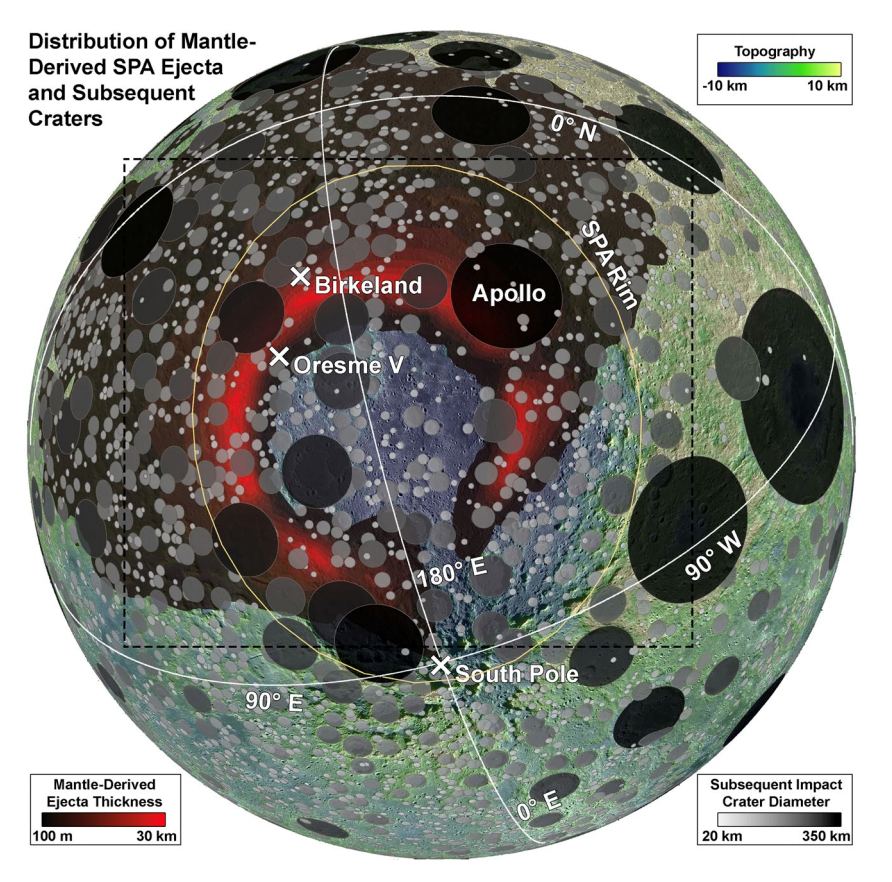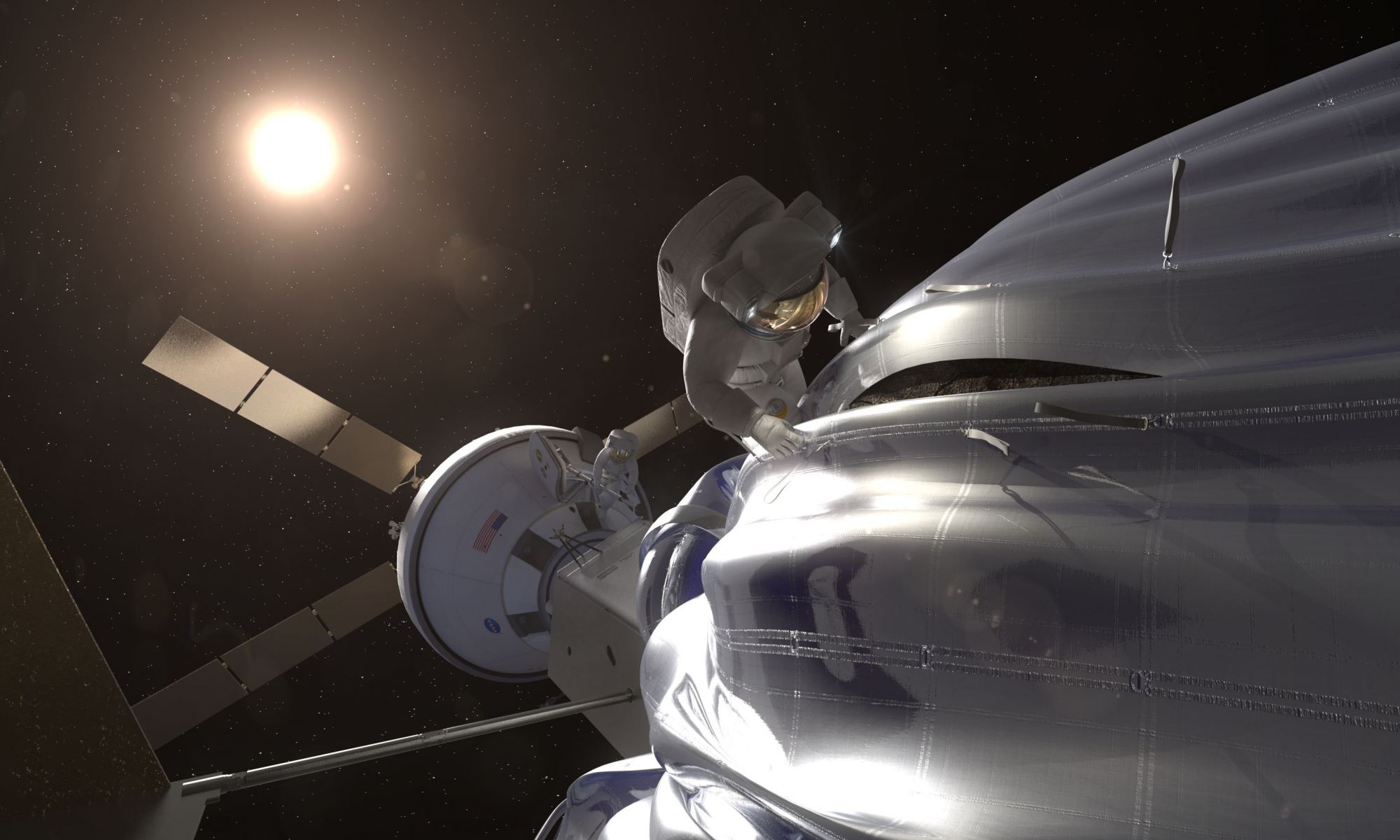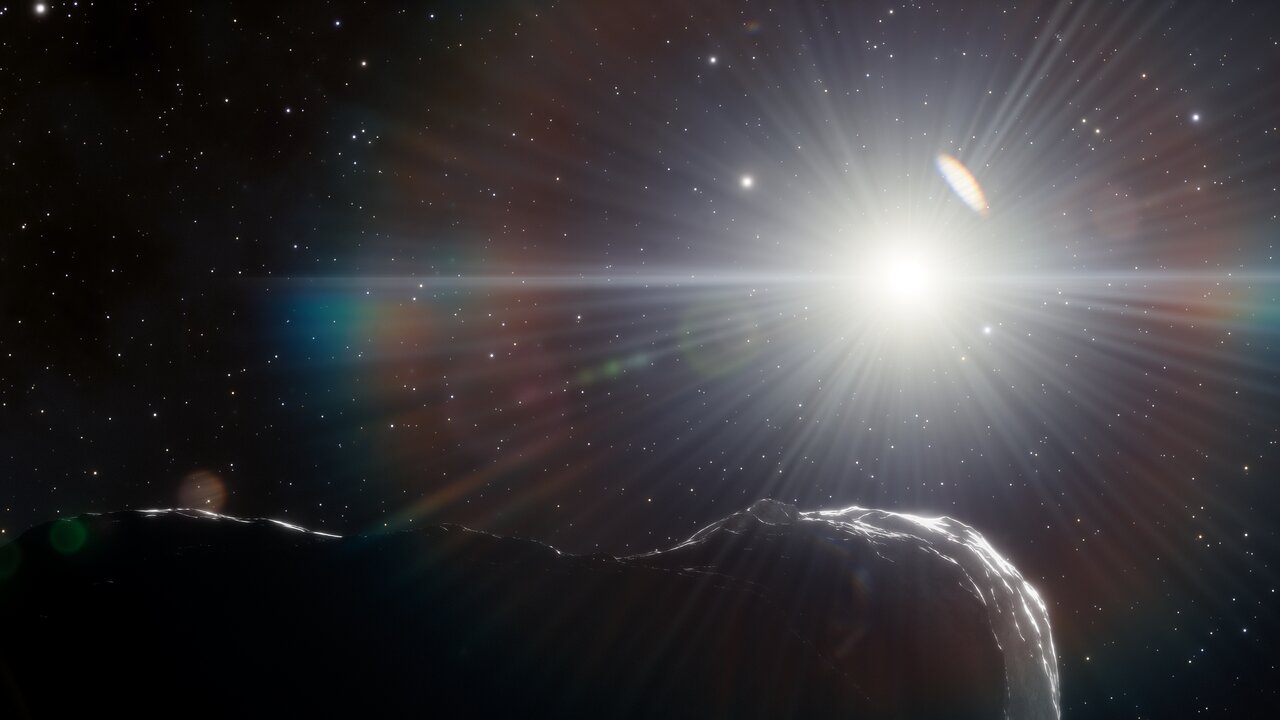An asteroid the size of the Empire State Building flew past Earth in early February, coming within 1.8 million km (1.1 million miles) of our planet. Not only is it approximately the same size as the building, but astronomers found the asteroid – named 2011 AG5 — has an unusual shape, with about the same dimensions as the famous landmark in New York City.
“Of the 1,040 near-Earth objects observed by planetary radar to date, this is one of the most elongated we’ve seen,” said Lance Benner, principal scientist at JPL who helped lead the observations, in a JPL press release.
This extremely elongated asteroid has a length-to-width ratio of 10:3.
Continue reading “A 500-Meter-Long Asteroid Flew Past Earth, and Astronomers Were Watching”
